A strange wave of feline illness has crashed over veterinary clinics from Nicosia to London, and the culprit isn’t the usual suspect. Scientists have traced a fast-moving cat coronavirus that appears to have borrowed critical genes from a virulent dog virus – an evolutionary shortcut that may explain its speed and severity. The outbreak’s footprint is clearest on the island of Cyprus, where veterinarians documented an alarming rise in fatal feline infectious peritonitis–like cases and then spotted a matching genetic signature in a cat imported to the United Kingdom. The story reads like a detective novel: puzzling symptoms, genetic breadcrumbs, and a virus that may have learned a new trick. The mystery now shifts from what it is to how far it can go, and how quickly we can counter it.
The Hidden Clues

The first hints were messy and heartbreaking: swollen bellies, fevers that wouldn’t break, and neurologic signs that sent cats spiraling from lethargy to disorientation. Cyprus – home to a famously dense cat population – saw clusters of cases that looked like classic feline infectious peritonitis (FIP), but the sheer volume didn’t fit the usual pattern of sporadic, within-cat mutation. Veterinarians began collecting fluids from affected cats, suspecting something novel rather than a mere surge in routine FIP. Around the same time, a cat transported from Cyprus to the U.K. fell ill, offering a crucial geographic link and forcing a broader look at travel and trade in the pet world. The early picture was uneven, with estimates of deaths varying widely, but the signal of an emergent strain was unmistakable.
From Field Clues to Modern Science
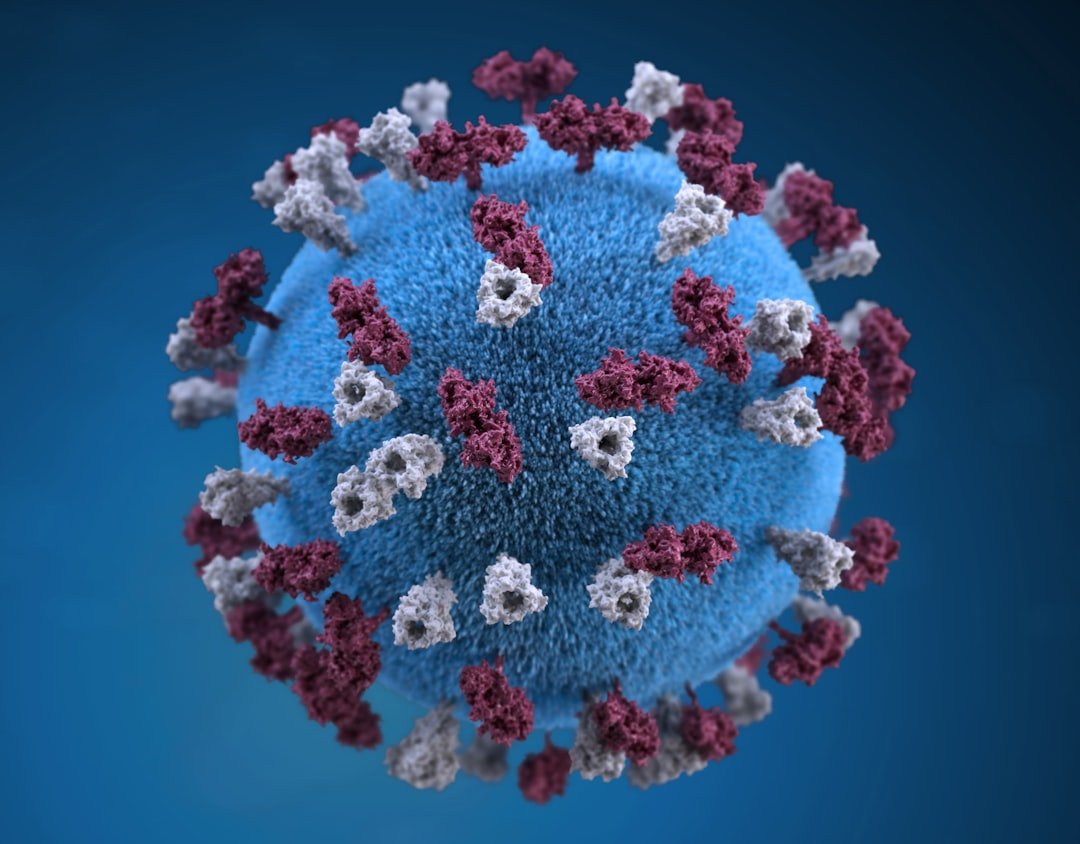
Once samples reached molecular labs, the fog began to lift. Sequencing teams reconstructed the pathogen’s genome from abdominal and spinal fluid, revealing a feline coronavirus backbone carrying a conspicuous insert that matched a pantropic canine coronavirus – a dog virus known for its ability to invade multiple tissues. The recombinant virus, designated FCoV-23, showed the kind of mosaic architecture that signals a past coinfection and a genomic swap, likely in an intermediate host or environmental hotspot. Follow-up analyses and companion studies in 2025 strengthened the case: this wasn’t a rumor of recombination, but the real thing with clear functional implications. Those data also seeded new diagnostics workflows, so clinicians could distinguish the recombinant from more familiar feline coronaviruses. In outbreak science, naming the adversary is half the battle; here, the name came with a blueprint.
The Genetic Break
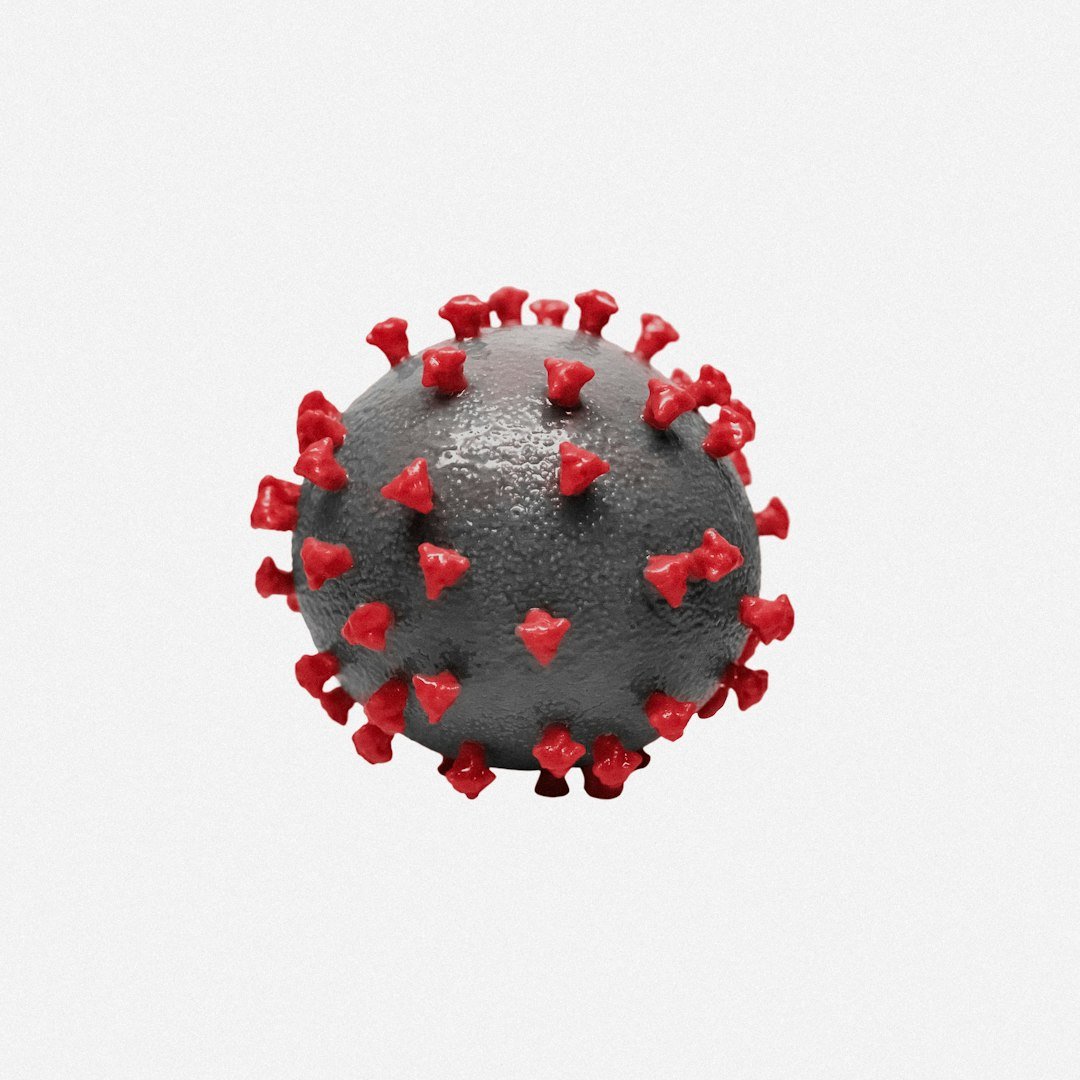
At the heart of FCoV-23’s leap lies the spike protein, the molecular grappling hook that coronaviruses use to enter cells. Investigators found that a key stretch of spike closely mirrors the sequence of a highly virulent canine coronavirus, and that swap likely reshaped which cells the virus can target and how efficiently it spreads. Some cats carried a characteristic deletion in a region of spike known as domain 0, a change that may alter stability or receptor engagement and has been seen in a large majority of sequenced FIP cases from the outbreak. Put simply, the virus seems to have combined the transmissibility of gut-tropic feline coronaviruses with the pathogenic reach of a pantropic canine strain. That is an unusual, troubling combination in a species where the severe form of disease was historically a dead end, not a fast-moving chain of transmission. While some mechanistic details remain under study, the genetic breadcrumbs point to a plausible engine for rapid spread and severe disease.
Why It Matters

For decades, veterinarians have told a reassuring story about FIP: most feline coronaviruses cause mild gut disease, and the rare, lethal shift happens inside a single cat, with limited onward contagion. FCoV-23 challenges that comfort, suggesting a strain that can still pass via fecal-oral routes while more readily tipping into body-wide disease, including neurological involvement. That duality raises the stakes for multi-cat households, shelters, and rescues, where litter boxes, food bowls, and close quarters become networks for viral exchange. It also pushes diagnostics and biosecurity from “nice to have” toward essential, because early separation and testing could interrupt chains of transmission. Importantly, current research indicates limited risk to people, but scientists stress that animal coronaviruses deserve wide surveillance given our close proximity to pets. In other words, this isn’t cause for panic – just a clear call for faster science, smarter hygiene, and sharper monitoring.
Global Perspectives
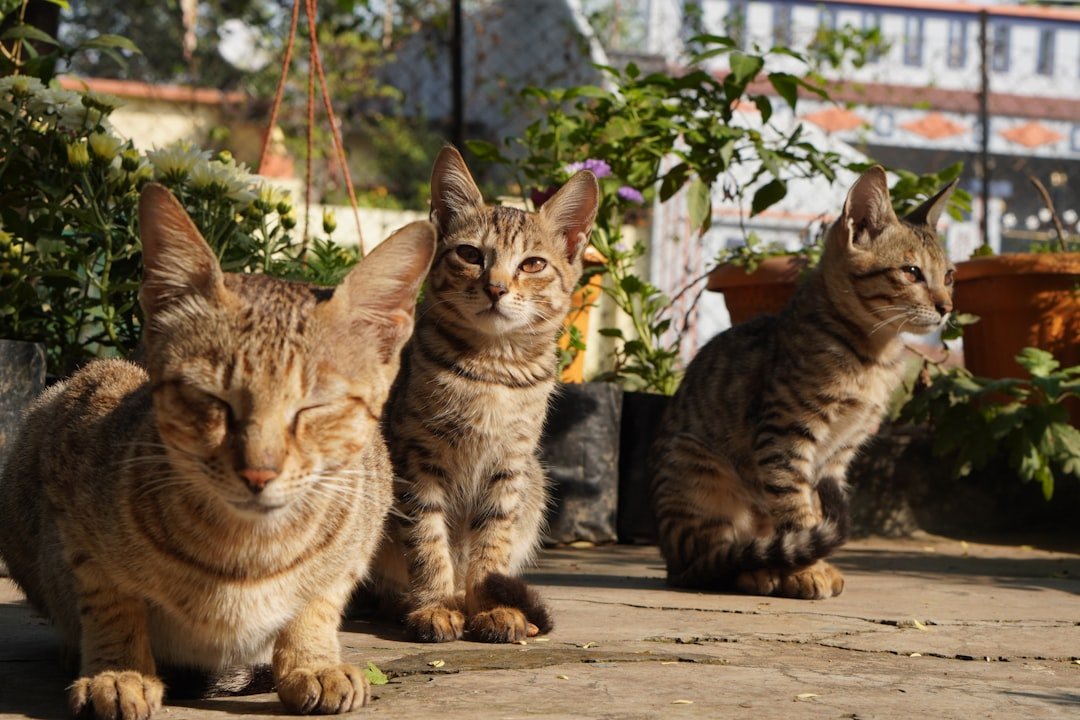
Cat movement is global: adoptions across borders, rescue flights, and informal relocation all create bridges for a stealthy pathogen. The U.K. case tied to a Cyprus import illustrates how even a single carrier can export a problem if it lands in a susceptible community. Health authorities and researchers now emphasize practical containment – screening sick arrivals, amplifying veterinary awareness, and refining PCR panels – rather than sweeping travel bans that are hard to enforce. A few anchor facts help ground expectations: – Thousands of cats were likely affected in Cyprus, though estimates vary and better surveillance is ongoing. – Genetic evidence supports a canine–feline recombination event centered on the spike gene region. – Limited human risk is inferred from lab findings, yet vigilance is warranted across species. Taken together, these points argue for coordination rather than alarmism, and for data pipelines that move as quickly as the virus itself.
What Vets Are Seeing
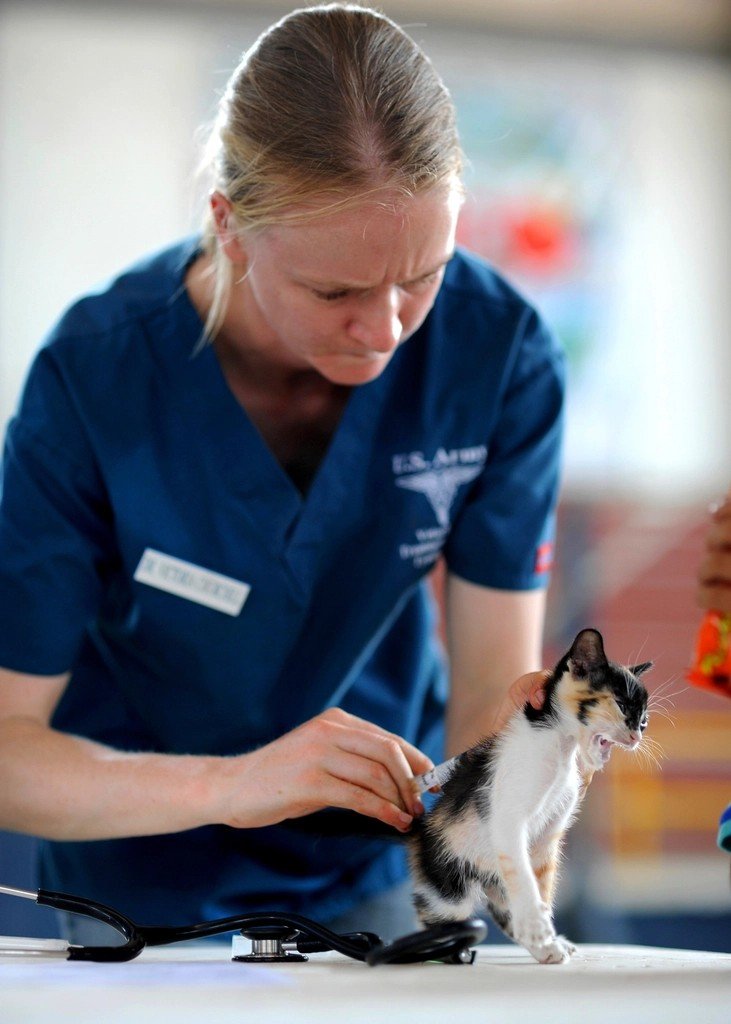
Clinically, FCoV-23 often walks and talks like FIP – effusive fluid in the abdomen or chest, fevers that resist routine care, and a higher-than-usual share of neurological symptoms. Diagnostics rely on a mix of imaging, fluid analysis, and targeted PCR that can flag the recombinant’s distinctive genetic signatures. In Cyprus, authorities authorized the veterinary use of an antiviral originally developed for human coronaviruses, and some cats improved under care – an encouraging, if imperfect, bridge until veterinary-specific options scale. Supportive therapy, strict hygiene, and early isolation still matter, because reducing viral dose and exposure windows may blunt trajectories in multi-cat settings. For owners, the everyday steps – separate litter boxes, meticulous cleaning, and quick vet visits when something feels off – suddenly carry more weight than they did a year ago. No single measure is a silver bullet, but together they can slow this virus down.
The Future Landscape
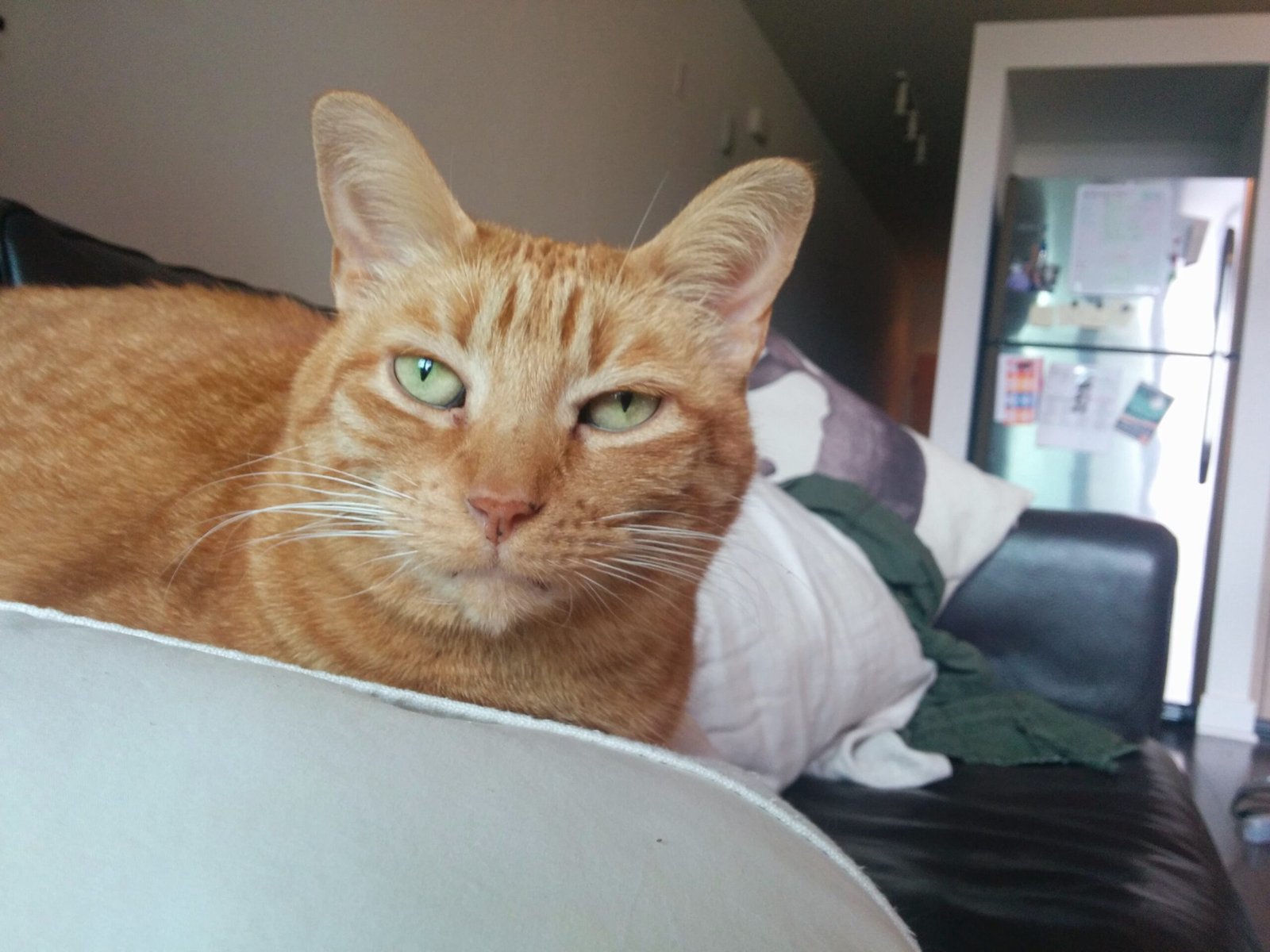
Expect a surge in targeted diagnostics, from multiplex PCR assays that flag recombination to rapid antigen tests validated against the new spike architecture. Vaccine ideas are already on whiteboards, including platforms tuned to the recombinant spike and strategies that aim to curb intestinal replication before the virus flips into systemic disease. International registries will be essential to track clinical outcomes, antiviral responses, and any further genetic drift that could shape transmissibility. Shelters and breeders may adopt protocols more like biosecure farms, with staging areas for new arrivals and testing gates before cats join communal spaces. Above all, the path forward is collaborative: clinicians spotting patterns, geneticists pushing sequences to public databases, and policy teams smoothing the way for responsible cross-border pet movement without grinding adoption to a halt. If we move quickly, we can stay a step ahead of a virus that just demonstrated how fast evolution can move.
Conclusion
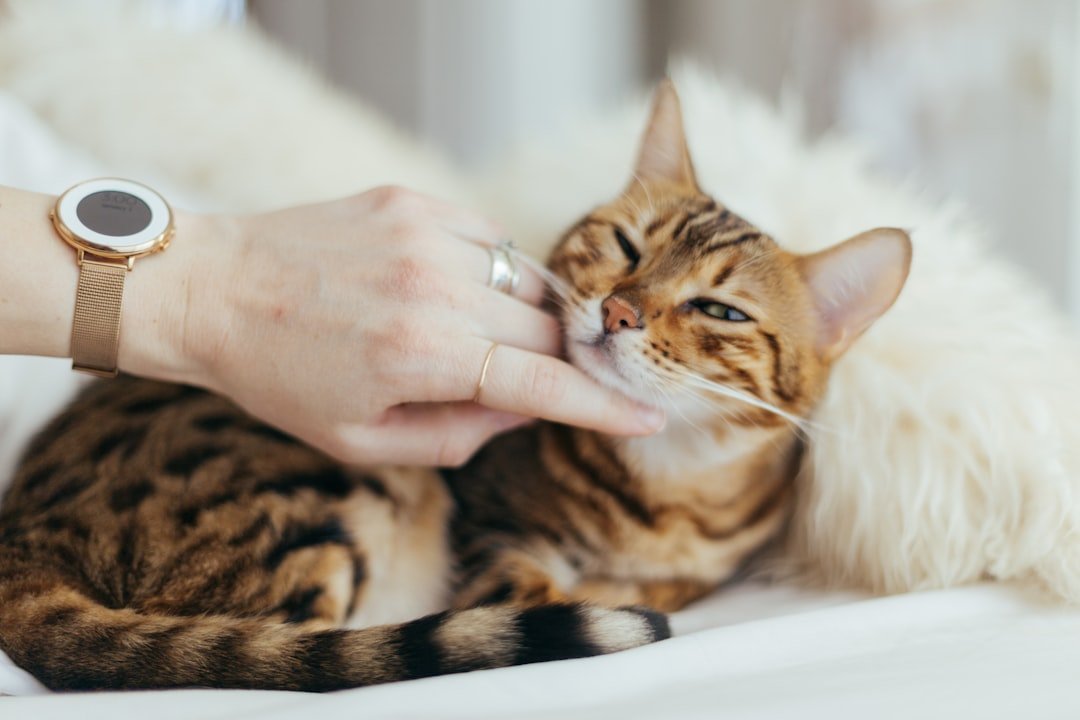
If you care for cats – one or many – tighten the basics: scoop and disinfect litter boxes daily, avoid sharing bowls, and isolate newcomers for a short testing period. Ask your veterinarian about current PCR options if a cat shows persistent fever, abdominal swelling, or odd neurologic signs; early clarity protects the whole household. Support shelters and rescues that invest in quarantine space and diagnostics, because those frontline systems shield community cats as much as pets. If you’re part of a transport or adoption network, build simple checklists for pre-travel health screening and post-arrival monitoring to keep goodwill from turning into unintentional spread. Finally, follow reputable research updates and resist viral myths; good information is as protective as bleach and gloves when the goal is smarter, calmer care.

Suhail Ahmed is a passionate digital professional and nature enthusiast with over 8 years of experience in content strategy, SEO, web development, and digital operations. Alongside his freelance journey, Suhail actively contributes to nature and wildlife platforms like Discover Wildlife, where he channels his curiosity for the planet into engaging, educational storytelling.
With a strong background in managing digital ecosystems — from ecommerce stores and WordPress websites to social media and automation — Suhail merges technical precision with creative insight. His content reflects a rare balance: SEO-friendly yet deeply human, data-informed yet emotionally resonant.
Driven by a love for discovery and storytelling, Suhail believes in using digital platforms to amplify causes that matter — especially those protecting Earth’s biodiversity and inspiring sustainable living. Whether he’s managing online projects or crafting wildlife content, his goal remains the same: to inform, inspire, and leave a positive digital footprint.




